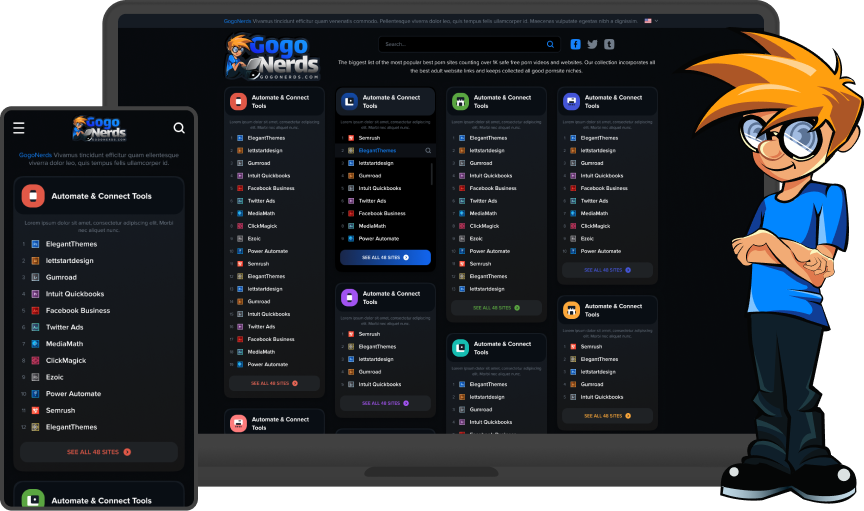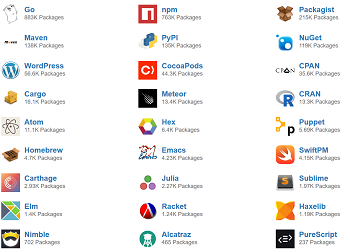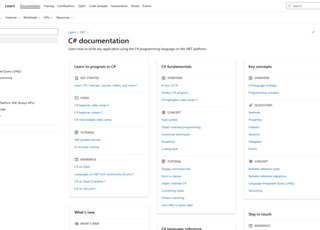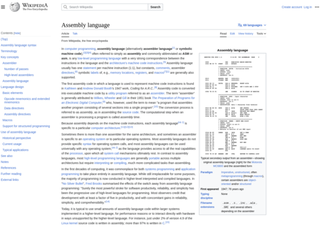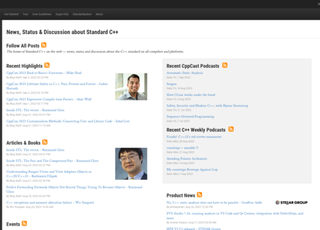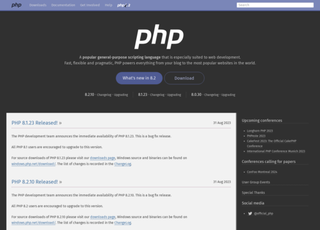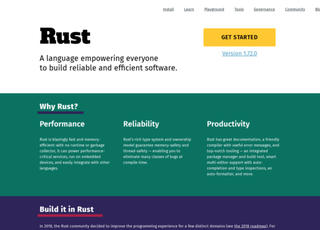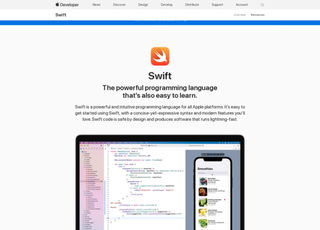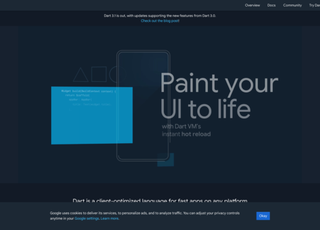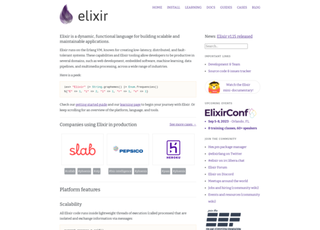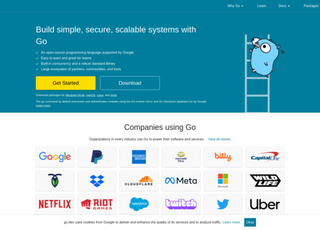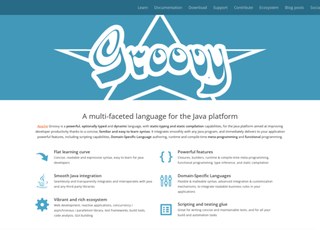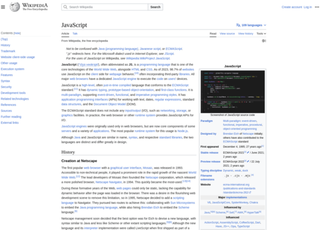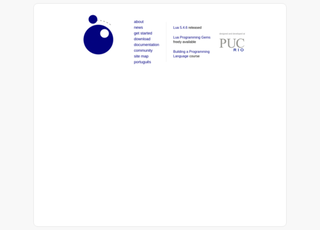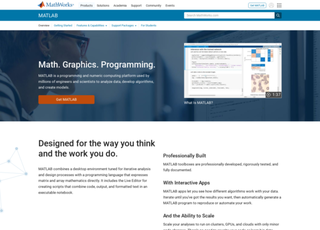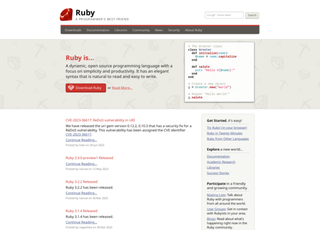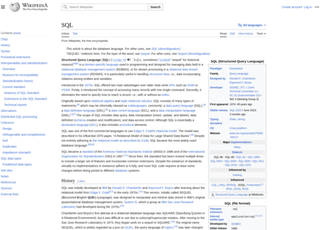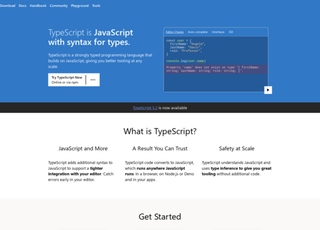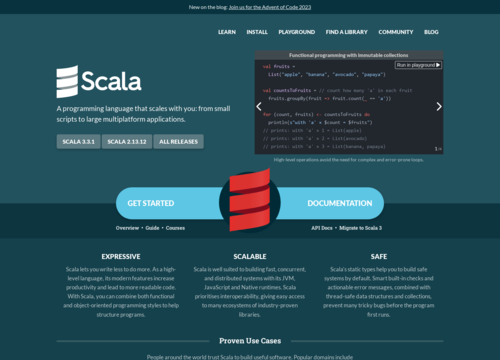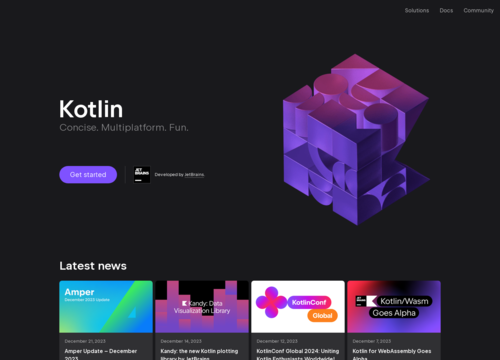R
R is a popular programming language and software environment primarily designed for statistical computing and graphics. It has a strong following in the data science and statistics communities. Here's a detailed overview:
History and Background:
R was created in 1993 by Ross Ihaka and Robert Gentleman at the University of Auckland, New Zealand.
It is an implementation of the S programming language, which was developed at Bell Laboratories in the 1970s by John Chambers and colleagues.
The name "R" was chosen as a play on the names of the authors and as a reference to S.
Features:
Statistical Analysis:
R provides a wide variety of statistical tests, models, and analyses.
Data Manipulation:
Libraries like dplyr and data.table facilitate efficient data manipulation.
Graphics:
Base R contains extensive graphical capabilities, but packages like ggplot2 have expanded and refined these capabilities further.
Package System:
CRAN (Comprehensive R Archive Network) hosts thousands of third-party libraries (known as "packages") which extend R's capabilities.
Programming Paradigm:
Primarily functional programming, but also supports object-oriented and procedural programming.
Syntax:
R has a rich and expressive syntax, which can initially be unfamiliar to those coming from other programming backgrounds. For instance, the use of the <- symbol for assignments, though = is also valid in many contexts.
It supports vectors and matrices natively, allowing for vectorized operations.
Data Structures:
Vector:
The most basic data structure in R. All elements of a vector must be of the same type.
Matrix:
A 2D array where every element is of the same type.
Data Frame:
A table-like structure where columns can be of different types. It's the most commonly used data structure for data analysis.
List:
A collection of objects, which can be of different types.
Popular Packages:
ggplot2:
A package for creating complex and aesthetically pleasing visualizations.
dplyr:
Provides a set of tools for efficiently manipulating datasets.
tidyr:
Tools for tidying data.
shiny:
Allows users to build interactive web apps straight from R.
caret and tidymodels:
Tools for training and evaluating machine learning models.
IDE and Tools:
RStudio:
The most popular integrated development environment for R. It provides a user-friendly interface, debugging tools, and integrated documentation.
Strengths:
Comprehensive statistical analysis capabilities.
Rich ecosystem of packages.
Strong community and active development.
Excellent data visualization tools.
Weaknesses:
In-memory operations can limit its ability to work with very large datasets (though there are packages and strategies to work around this).
Slower than some compiled languages like C++ or Java. However, many computationally-intensive tasks can be integrated with C++ code using the Rcpp package.
Applications:
R is widely used in academia, research, and industries for statistical analysis, data visualization, machine learning, and data mining.
Due to its expressive data visualization libraries, it's also popular for generating reports and dashboards.
Integration with Other Languages:
Rcpp:
An R package that facilitates the integration of R with C++. This allows developers to write high-performance code in C++ and call it seamlessly from R.
reticulate:
Enables R to interface with Python, allowing users to run Python code, make use of Python libraries, and more, all from within R.
RJava:
Allows for the integration of R with Java.
Extensions and Enhancements:
Bioconductor:
An open-source project that provides tools for the analysis and comprehension of high-throughput genomics data using R.
tidyverse:
An opinionated collection of R packages designed for data science. This collection includes ggplot2, dplyr, tidyr, and several others. These packages work together to ensure a consistent data workflow in R.
Learning Curve:
R's syntax and data structures can be unique, which can represent a slight learning curve for those coming from other programming backgrounds.
However, there's a plethora of online resources, courses, and books available for learners, ranging from beginners to advanced users.
Community and Support:
The R community is large, active, and welcoming. There are numerous forums, online groups, and conferences dedicated to R, such as useR! and RStudio::conf.
The support is widespread, and for most issues or challenges faced in R, solutions can often be found with a quick online search.
Comparison with Python:
While both R and Python have strong data science capabilities, R was built as a statistical language from its inception, while Python is a general-purpose language.
Python has seen a surge in its data science capabilities, largely due to libraries like Pandas, NumPy, and scikit-learn.
The choice between R and Python often comes down to personal preference, the specific nature of the project, or the ecosystem one is working in.
R has firmly established itself as a leading tool in the realm of data analysis, visualization, and statistical modeling. Its rich ecosystem, strong community, and continuous enhancements ensure that it remains relevant in the rapidly evolving landscape of data science and analytics. Whether used standalone or in combination with other tools and languages, R offers a robust framework for extracting insights from data.

